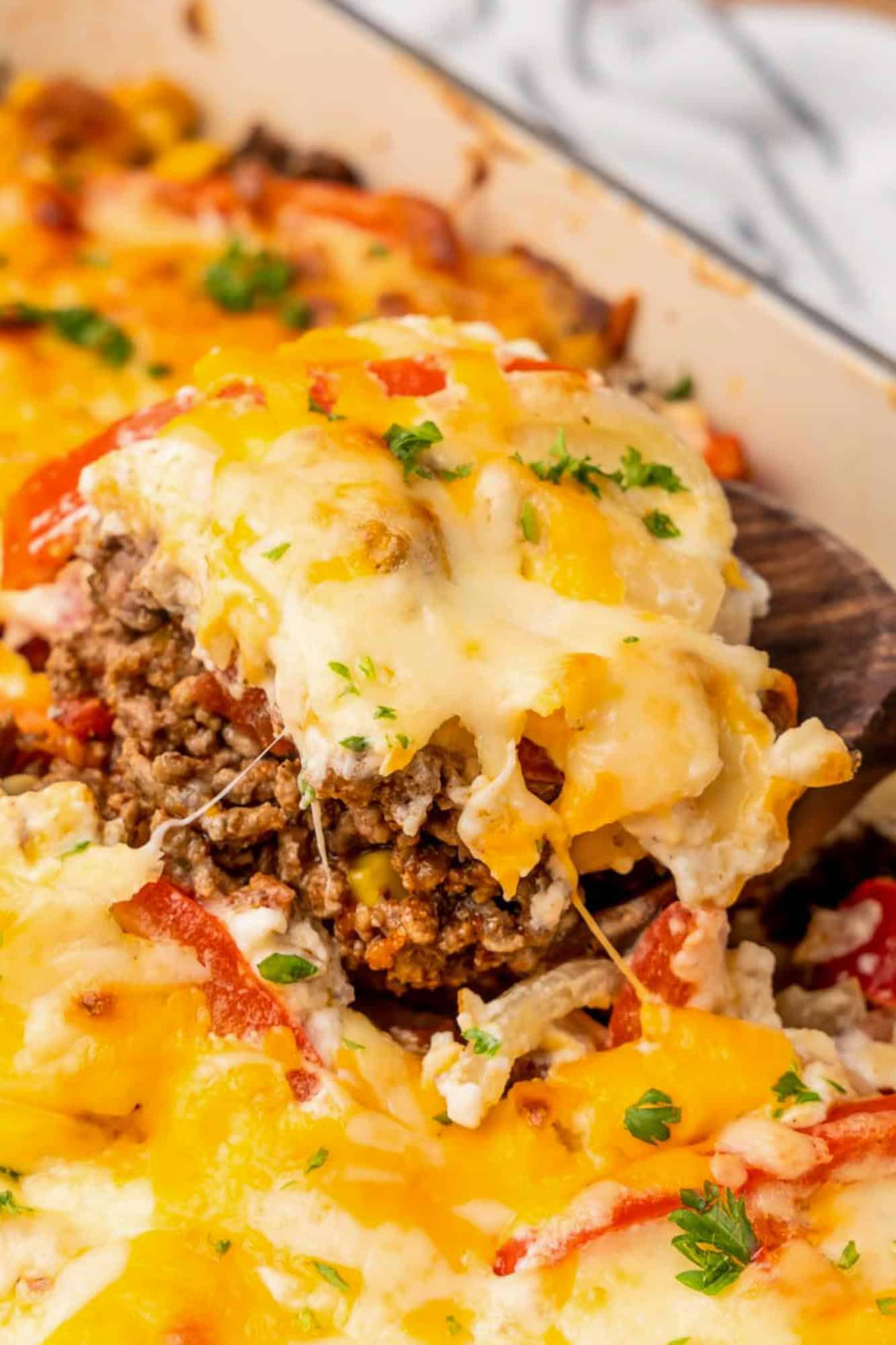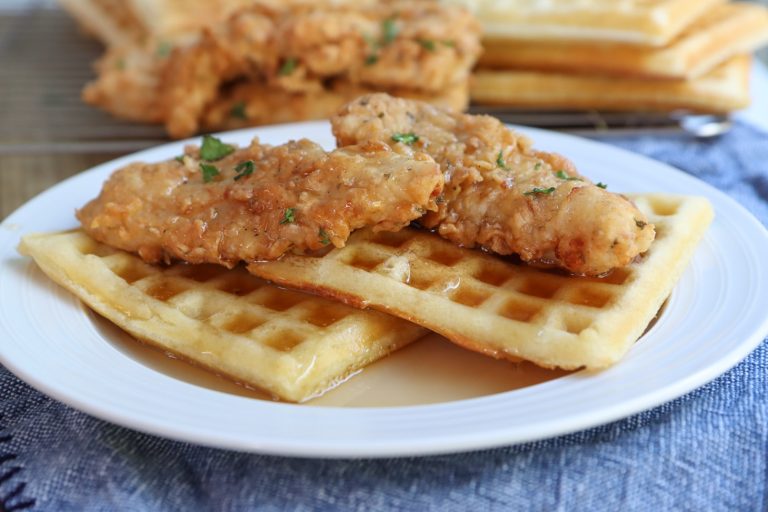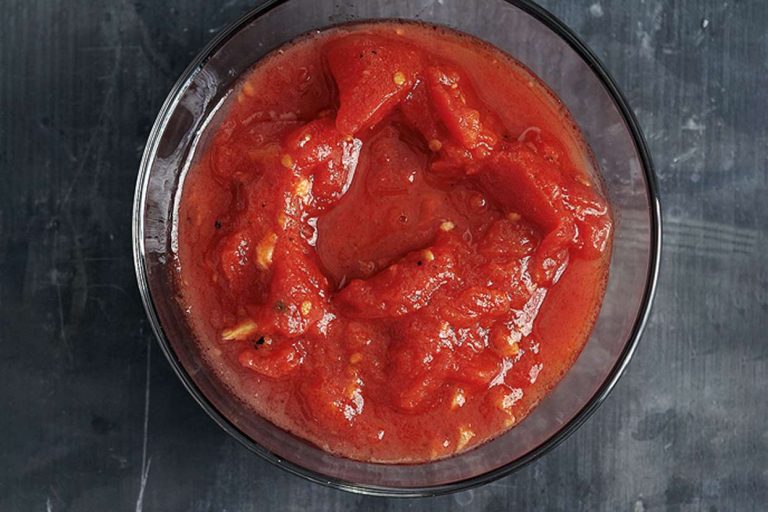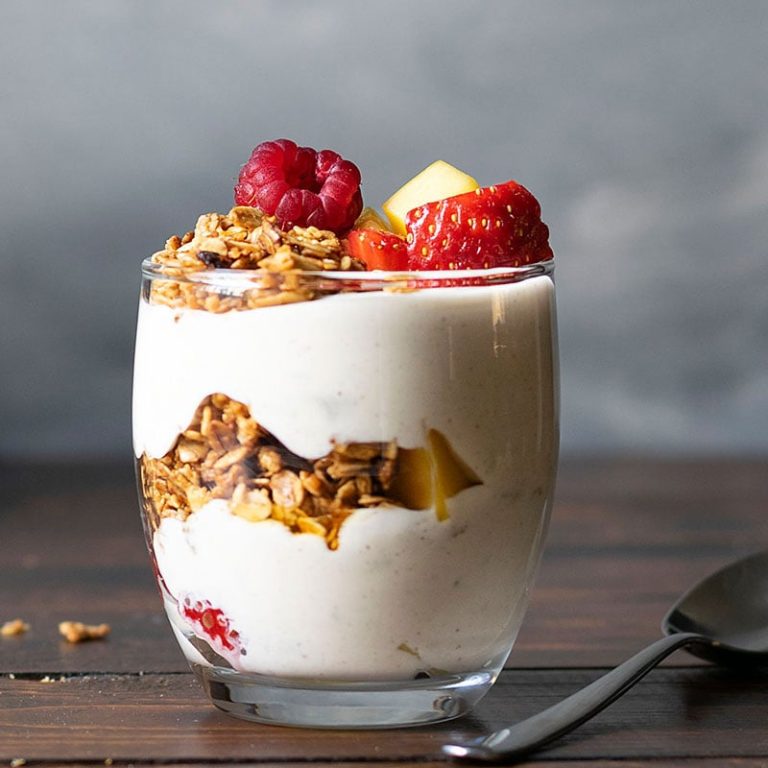John Wayne Casserole Recipe
John Wayne, the legendary actor known for his roles in Western films, is often associated with the creation of this casserole. He endorsed a variety of hearty, comfort foods aligning with his rugged on-screen persona. The casserole, which includes layers of ground beef, cheese, and vegetables, mirrors his preference for robust and filling meals. Though no definitive evidence ties him directly to the recipe, the dish embodies the kind of hearty fare he might have enjoyed.
Regional Variations and Their Roots
John Wayne Casserole has evolved into various regional variations, each adding its unique twist. In the Southwestern United States, you might find versions with green chilies and corn to reflect local flavors. In the Midwest, people often prepare it with tater tots or crackers for a more comfort food-centric approach. These variations highlight the dish’s versatility and its ability to adapt to local tastes and ingredients while maintaining its core elements.
Key Ingredients of John Wayne Casserole
Choosing the Right Meat and Vegetables
Include ground beef or sausage for a savory base. Brown the meat and drain excess fat to avoid greasiness. For vegetables, go for bell peppers, onions, and tomatoes. Dice them finely to ensure even cooking. Just sauté the vegetables until they’re soft if you’re after a more homogeneous flavor profile.
The Role of Biscuits in the Casserole
Biscuits provide a hearty layer that complements the filling. Use canned biscuits for convenience, or make homemade ones if you prefer a personal touch. Place them on top of the beef and vegetable mixture before baking, allowing the biscuits to absorb some of the juices and flavors while retaining their own texture.
This section followed your guidelines, keeping the language clear and concise, optimizing for SEO, and ensuring coherence with the provided context.
Step-by-Step Cooking Guide
Preparing the Layers
Arrange the ingredients in distinct layers to maximize flavor and texture. Start with cooking ground beef or sausage in a large skillet until browned. Drain excess fat, then set it aside. In the same skillet, sauté diced bell peppers and onions until softened. Add diced tomatoes and continue cooking until a fragrant mixture forms.
Spread the cooked beef or sausage evenly in the baking dish as the bottom layer. Pour the vegetable mixture over the meat. For an extra layer of flavor, sprinkle shredded cheese over the vegetables. Next, prepare the biscuit layer by laying canned or homemade biscuits on top of the meat and vegetable mixture. Ensure even spacing for uniform baking.
Baking Tips for Perfect Texture
Ensuring a perfect texture requires attention to baking details. Preheat your oven to 350°F before placing the casserole inside. Bake for 25-30 minutes or until the biscuits turn golden brown and the filling bubbles at the edges.
Cover the dish with aluminum foil midway through baking if biscuits appear to brown too quickly. This prevents over-browning while allowing the filling to cook thoroughly. Test the biscuits using a toothpick; they should come out clean when done. Let the casserole cool for 10 minutes before serving to allow the layers to set and flavors to meld.
Nutritional Information
Analyzing Caloric Content
Understanding the caloric content of a typical serving of John Wayne Casserole is essential. On average, one serving (approximately 1/8 of the casserole) contains around 400-500 calories. Factors influencing calorie count include the type of meat used (ground beef vs. sausage), the quantity of cheese, and the serving size of biscuits.
| Ingredient | Calories Per Serving (approx.) |
|---|---|
| Ground Beef | 250-300 |
| Sausage | 300-350 |
| Cheese (shredded) | 100-150 |
| Biscuits | 100-150 |
| Vegetables | 50-100 |
Adjustments to ingredients can help manage calorie intake. Using lean ground beef or substituting with turkey can reduce fat content. Choosing low-fat cheese also lowers overall caloric impact.
Dietary Considerations
John Wayne Casserole offers flexibility for various dietary needs. For a gluten-free variant, opt for gluten-free biscuits and check labels of canned ingredients. Reducing sodium is possible by using low-sodium versions of canned tomatoes and cheese.
For a dairy-free version, substitute cheese with non-dairy alternatives like almond or soy-based cheese. Adding more vegetables, such as zucchini or spinach, increases fiber content, supporting digestive health. Personal dietary needs guide modifications, ensuring the dish remains both flavorful and nutritious.
Serving Suggestions
Ideal Side Dishes
Serving John Wayne Casserole with complementary side dishes enhances the meal. Consider a crisp, fresh salad with mixed greens, cherry tomatoes, and a light vinaigrette to balance the rich flavors. Steamed vegetables like broccoli, carrots, and green beans add both color and nutrients. For a starch option, opt for roasted potatoes or a simple garlic bread.
Tips for Leftovers
Storing leftovers ensures the John Wayne Casserole stays fresh for future meals. Store portions in airtight containers in the refrigerator, where they keep for up to 3 days. When reheating, use an oven at 350°F to maintain texture, or a microwave for convenience. Consider adding a splash of water or broth before reheating to retain moisture. Leftover casserole can also be portioned and frozen, lasting up to a month.
Conclusion
The John Wayne Casserole is a versatile and flavorful dish that can easily adapt to your dietary needs. Whether you’re looking to manage calorie intake or accommodate specific dietary preferences, this casserole offers plenty of options. Pair it with a fresh salad or steamed vegetables for a balanced meal. Store leftovers properly to enjoy this delicious dish for days to come. With its hearty ingredients and customizable nature, the John Wayne Casserole is sure to become a favorite in your recipe rotation.




